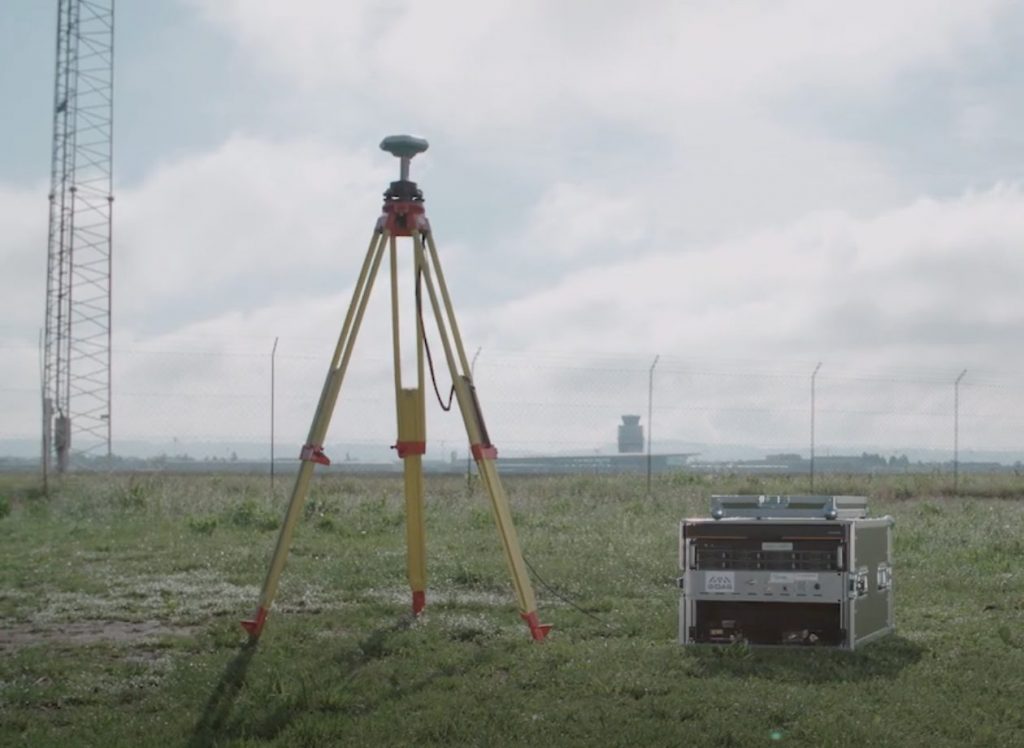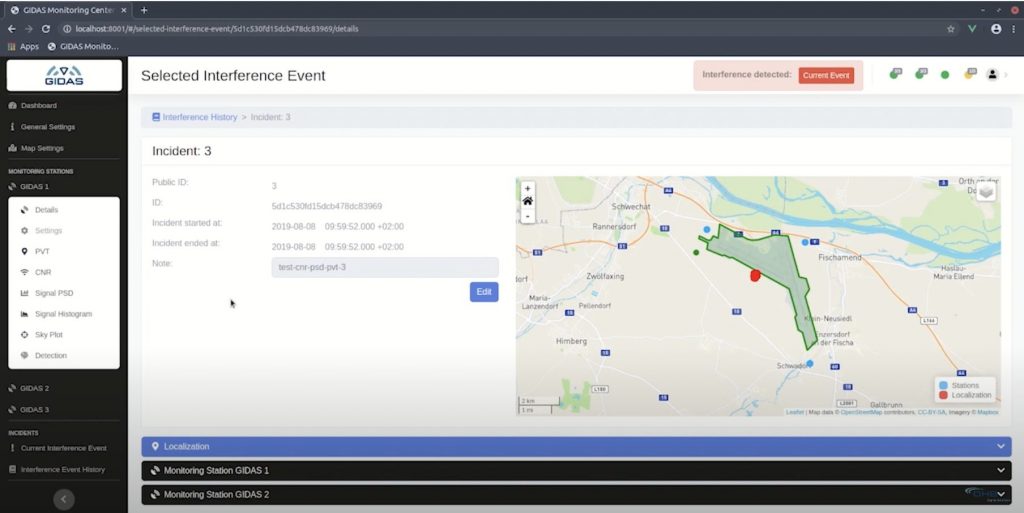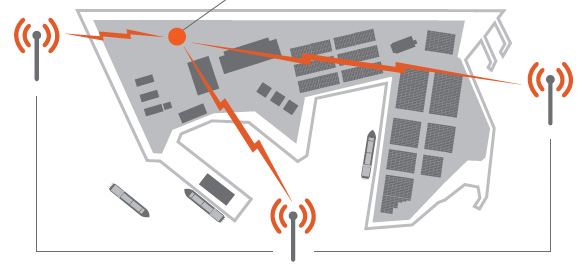A monitoring system developed through a European Space Agency (ESA)-backed project detects interference with satellite navigation signals in use at strategic or safety-critical sites. The GNSS Interference Detection and Analysis System (GIDAS) enables continuous 24/7 monitoring of the GNSS frequency bands within a defined region to automatically detect, classify and localize intentional interference by means of jamming and spoofing.

GIDAS is a scalable and flexible. It can be used as standalone monitoring station for interference detection and classification, or upgraded to a more complex network of stations which allows interference detection, classification and interferer localization. The system works autonomous and is designed to be easily deployed. It was developed by OHB Digital Solutions and Joanneum University of Applied Sciences, both of Austria, through ESA’s Navigation Innovation and Support Programme (NAVISP).
The system was installed and tested in Q4 2020 at Brno Airport in the Czech Republic. A demonstration video is viewable here. The system is now reported ready for commercialization.
GIDAS targets safety-critical applications with either high demands regarding interference monitoring (e.g. approach landing operations in the aviation sector, inland waterways navigation and automated container ports in the maritime sector) or less stringent requirements (e.g. airfield calibration, taxi operations, railway crossings, structural monitoring or time & frequency synchronization). Mission-critical applications featuring dynamic applications (e.g. command & control systems in the rail domain, road user charging, or machine control) using GNSS information can also be monitored using GIDAS.
A single monitoring station receives all visible civil GNSS signals and automatically detects and classifies sources of intentional interference within the GNSS signal band in real time. The flexible and configurable system allows the user, based on the use case, to define which signals and bands shall be monitored and to which extent by specifying detection thresholds and various other settings. Depending on user needs, GIDAS will provide different configurations, for example wideband monitoring of a single GNSS-frequency band with high signal dynamics, or narrow or wideband multi-frequency band monitoring with either low or high signal dynamics.

For safety-critical applications with high demands, the system is capable of estimating the interference location in 2D by joining several (at least three) monitoring stations. The system is fully user configurable through a dedicated graphical user interface and provides an alarm functionality in case of interference appearing to be intentional. All detected interference events are stored in a database together with a digital signal snapshot for post-processing and inspection purposes.
GIDAS monitors the GNSS L1/E1 frequency band and reliably detects and classifies intentional and unintentional interference sources using sophisticated algorithms. GIDAS consists of a high performance data processing unit including antenna and RF front-end, and a sophisticated software solution. It monitors GNSS-based position, velocity and time solutions, as well as the received signal and baseband processing.
The system consists of software modules:
• Software-defined GNSS radio
• Position, baseband and C/N0 monitoring
• Jammer and spoofing parameter estimation
• Localization capabilities through synchronization of several GIDAS systems
• Graphical user interface






